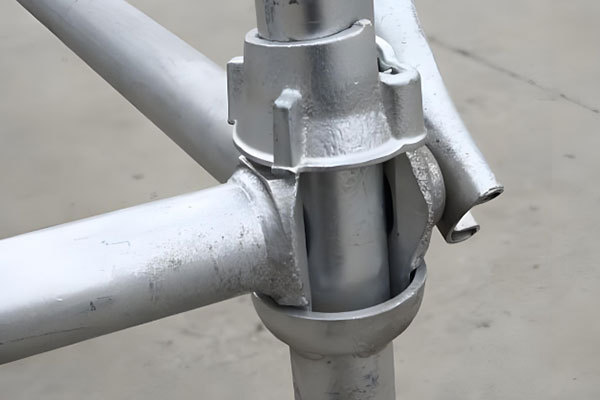How to Keep Your Cuplock Scaffolding Safe and Durable?
Cuplock scaffolding is widely used in construction projects due to its versatility, strength, and ease of assembly. However, to ensure it remains safe and durable over time, regular maintenance and proper usage are essential. In this article, we’ll explore the best practices for keeping your Cuplock scaffolding in excellent condition, improving site safety and maximizing your investment.
What is Cuplock Scaffolding?
Cuplock scaffolding is a modular system made up of vertical standards and horizontal ledgers, which are connected using a unique locking mechanism known as the “cup” system. This design allows for quick erection and dismantling while maintaining a strong and stable structure—ideal for heavy-duty and high-load construction applications.

Cuplock System Maintenance Tips
1. Inspect Scaffolding Before and After Use
One of the most important steps in maintaining safe Cuplock scaffolding is regular inspection.
- Rust and Corrosion: Look for rust, especially around the locking cups and joints.
- Bent or Damaged Parts: Replace any deformed ledgers or standards immediately.
- Loose Fittings: Ensure all connections are tight and secure.
Tip: Perform inspections before each use and after dismantling the scaffolding system.
2. Clean Components Regularly
Construction sites can be harsh environments. Dirt, concrete, and debris can build up on scaffolding parts, leading to corrosion and malfunction over time.
- Use a wire brush or pressure washer to remove debris.
- Dry parts thoroughly to prevent rust.
- Avoid using acidic cleaners that can damage the metal.
3. Apply Anti-Rust Treatment
Since cuplock scaffolding is mostly made of steel, it’s susceptible to corrosion, especially in humid or coastal environments.
- Apply anti-rust primers or coatings annually
- Use galvanized cuplock scaffolding for long-term projects or harsh conditions
- Regular oiling of moving parts
4. Store Scaffolding Properly
Proper storage extends the life of your Cuplock scaffolding and prevents unnecessary wear and tear.
- Store in a dry, covered area away from rain or moisture.
- Keep components off the ground using wooden pallets or racks.
5. Train Workers on Safe Usage
Improper assembly or overloading can compromise safety. Ensure that all workers understand:
- How to safely erect and dismantle Cuplock scaffolding.
- Load limits and proper weight distribution.
- Fall protection and personal safety equipment.
Final Thoughts
Maintaining cuplock scaffolding is not just about extending its lifespan—it’s about ensuring the safety of everyone on the construction site. Regular inspections, proper cleaning, safe storage, and worker training are key to keeping your system safe and durable. By following these steps, you can reduce downtime, avoid costly repairs, and maintain high safety standards on every project.
Looking for high-quality Cuplock scaffolding systems? Contact us today for pricing and expert advice.
